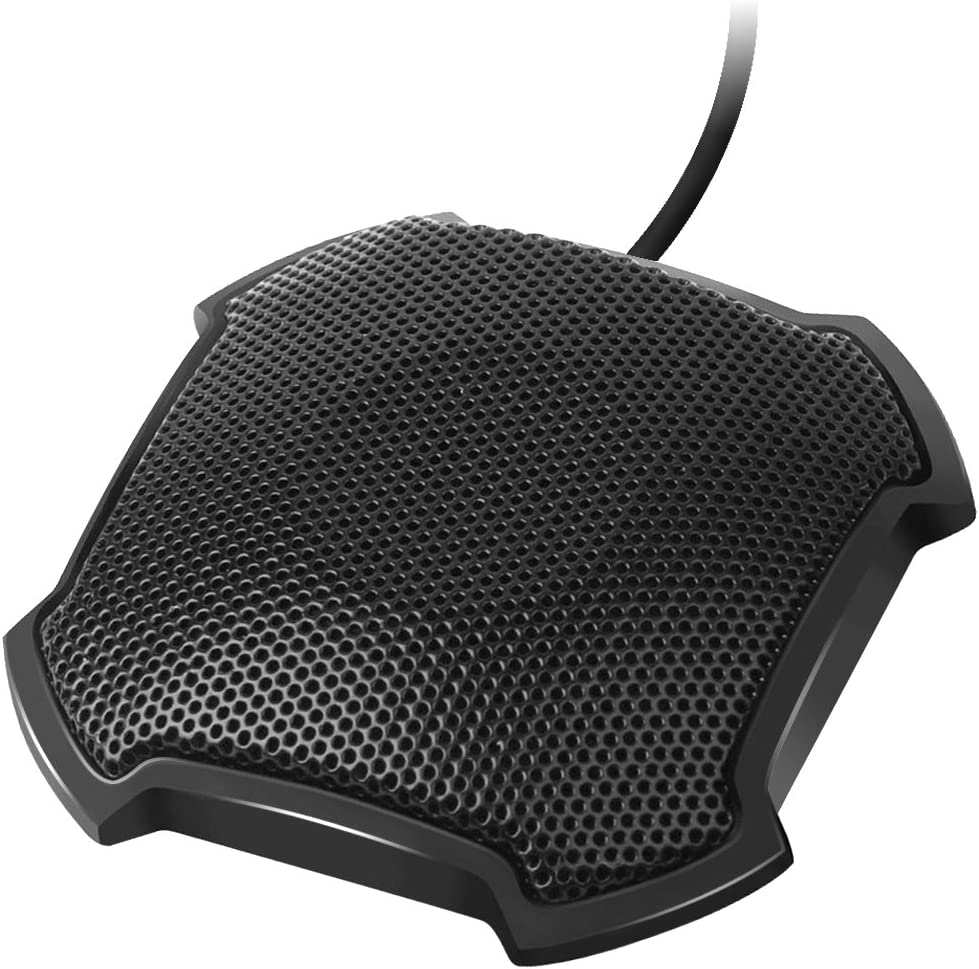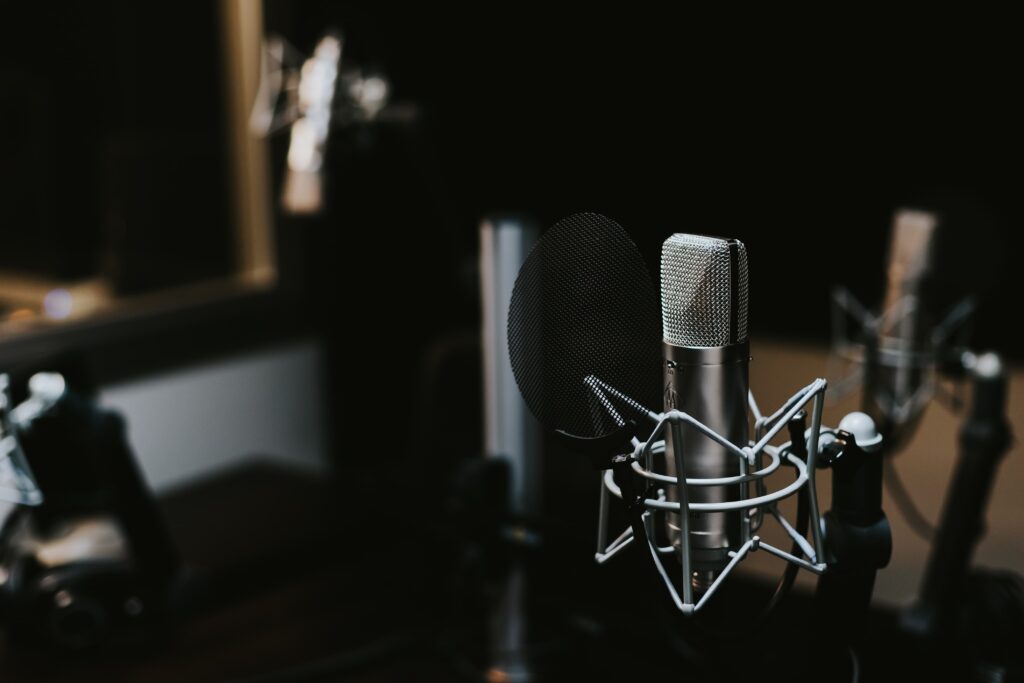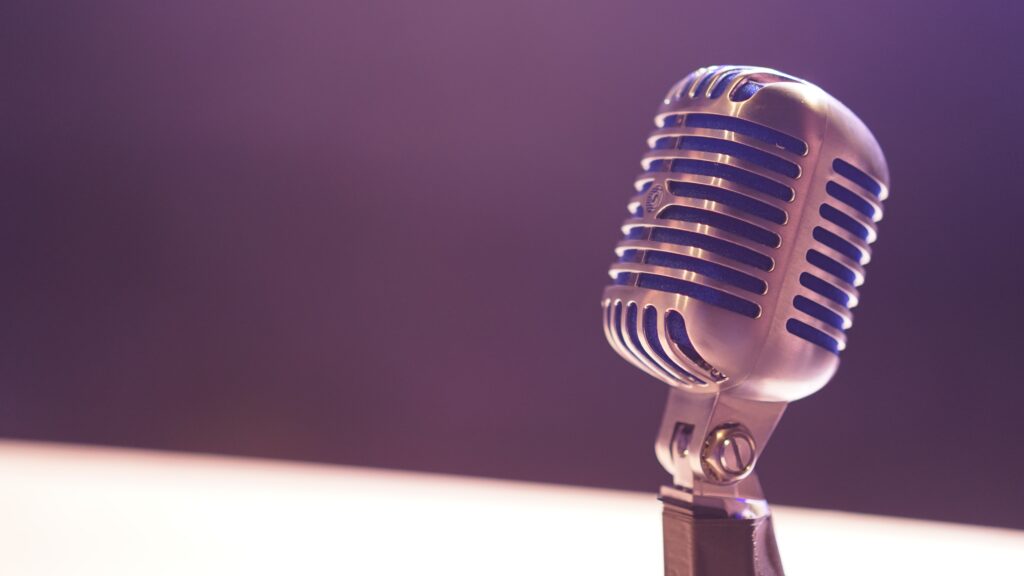At the start of the 20th century, For Boundary condenser microphone Ludwig Prandtl studied airflow and how it moves. On August 8, 1904, he presented “Über Flüssigkeitsbewegung bei sehr kleiner Reibung.” He looked at how the boundary layer affects drag and speed. It talked about the BLS. He saw air molecules that were “hanging on.”
Boundary layer
“Border layer” is the area where there is no air around the item. He talks about two boundary microphones (top and bottom). There are pictures of the mic capsule, plate, aperture, and pressure zone. In 1978, Long and Wickersham looked at the boundary layer. Researchers used flush-mounted microphones to find that they are more coherent when sound waves are still in phase. At a “pressure field” or “pressure zone,” waves stop. A microphone adds six decibels of sound pressure. The first boundary microphone came out two years after the study by Long and Wickersham.
A standard microphone over a hard surface collects both direct and delayed sound. Direct sounds and sounds that have been delayed and reflected mix at the microphone to make comb filtering, which makes frequency peaks and valleys. Most microphones have a 0.1- to 1-millisecond reflection delay in kilohertz and octaves. These audible frequencies “color” the resulting audio signals.
When the microphone’s diaphragm is parallel to the plate’s edge, the reflected sound delay and comb filter interference frequencies are lower. “Boundary microphone” is the same as “pressure zone microphone.”
Crown owns PZM. “Phase Coherent Cardioid” is Crown’s trademark, but others use it too. Radio Shack and Tandy use a PZM boundary mic with a high condenser capsule. A 1986 source calls it the “barrier microphone.”
What is a Boundary condenser microphone?
Boundary microphones are rectangular and composed of metal or plastic. They stick to a flat surface with a clip or a sticky pad and get their power from an outside source or a battery inside the device. You can put a boundary condenser microphone on a table or podium to pick up sounds from a certain area.
Types of Boundary condenser Microphones
There are a few different kinds of boundary condenser microphones.
- Omnidirectional boundary microphones: These microphones pick up sound from all directions, which makes them great for recording more than one person talking at once.
- Cardioid boundary microphones: These are directional, meaning they pick up sound better from one direction than another. Most of the time, they pick up the sound of a single speaker or performer.
- Super cardioid boundary microphones are even more directional than cardioid microphones. They are great for isolating the sound of a single speaker or performer in a noisy environment.
- Stereo boundary microphones: These microphones are made to pick up sound in stereo from a wide area so that you can listen to music in a more immersive way.
- Wireless boundary microphones: These mics use a wireless transmitter to send the sound signal to a receiver, which gives you more options for where to put them and how to set them up.
- USB boundary microphones: These microphones are made to be plugged directly into a computer or other device using a USB connection. This makes them easy to use with a wide range of audio software and equipment.
Features of a Boundary condenser microphone
Some things that all boundary condenser microphones have in common are:
- Flat, rectangular shape: Boundary microphones are usually made to be mounted on a flat surface, like a table or a lectern. Their flat, rectangular shape makes them easy to place and set up.
- Durability: Boundary microphones are usually made of strong materials, like metal or plastic, so that they can last through regular use.
- Wide range of sound pickup: Boundary microphones can pick up sound from a large area, which makes them perfect for recording the voices of many people talking at once.
- Omnidirectional or directional pickup: Some boundary microphones are omnidirectional, which means they can pick up sound from all directions. Other boundary microphones are directional, which means they are more sensitive to sound coming from one direction.
- External power source or internal battery: Boundary microphones can be powered by a wall outlet, a battery pack, or internal batteries.
- Compatible with a wide range of audio equipment: Many boundary microphones are easy to use with a wide range of audio equipment, such as computers, sound systems, and recording devices.
Conclusion:
Boundary condenser microphones are a type of microphone meant to be put on a flat surface, like a table or a podium, to pick up sound from a certain area. They are often used in conference rooms, lecture halls, and other places where a person speaking in one place is the source of the sound. Boundary microphones are easy to use, can pick up sounds from a wide area, and work with many audio gears. But they might need to be more flexible and pick up more background noise than other microphones. They may also need a power source from the outside to work properly.
What is the purpose of a boundary microphone?
What is the main advantage of using a boundary PZM microphone?
The main benefit of this technology is that it eliminates noise caused by reflected sound waves. A normal microphone will pick up sound waves from the main source and any repercussions. This can cause the sound to be reproduced unnaturally.




